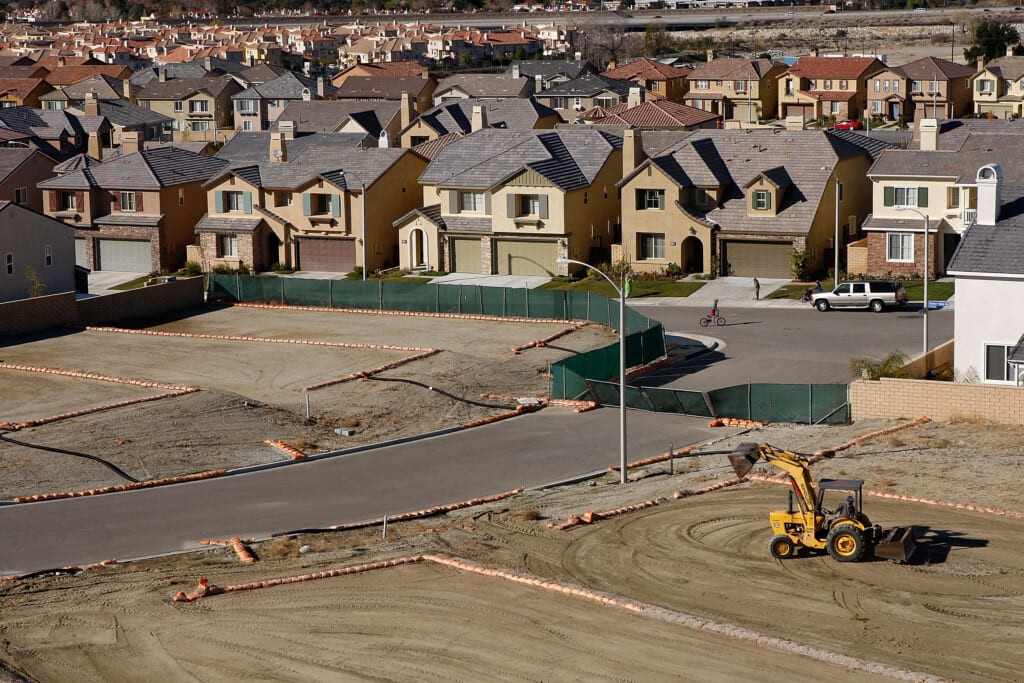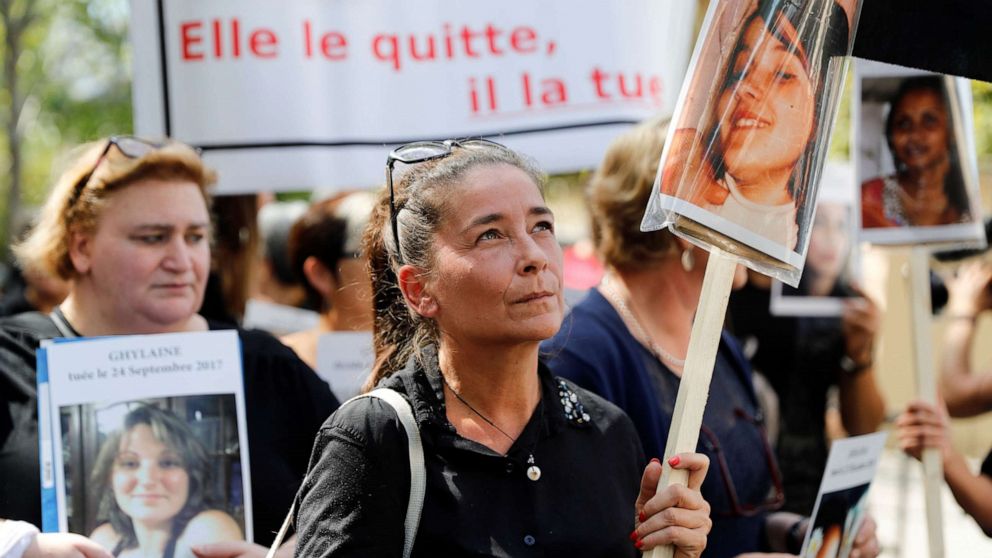Rachel Gilmore
Warning: Some of the details in this story may be disturbing to some readers. Discretion is advised.

Prime Minister Justin Trudeau is vowing to act after the bodies of 215 children, some as young as three years old, were discovered in unmarked graves at a former B.C. residential school site.
The discovery has led to calls for action from Indigenous leaders, politicians, and residential school survivors alike, with many saying that similar searches should be conducted at the sites of other residential schools.
"We are looking for how we can support Indigenous communities in their grief and in their request for answers," Trudeau said during a Monday press conference.
"I know there will be many, many discussions to be had in the coming days and weeks about how we can best support these communities and get to the truth."
Read more: Grief, sorrow after discovery of 215 bodies, unmarked graves at former B.C. residential school site
Trudeau added that he plans to speak to his cabinet ministers about "the next and further things we need to do to support survivors and the community."
"We promised concrete action, and that’s how we’ll support survivors, families, and Indigenous peoples," he said
The Tk’emlups te Secwepemc First Nation in Kamloops announced Thursday that ground-penetrating radar uncovered the remains of 215 children who were students of the Kamloops Indian Residential School.
In existence from 1890 to 1978, and with a wide regional grasp, Kamloops had the largest school in the Indian Affairs residential school system. One report says enrollment peaked in the early 1950s at 500 students.
The community "had knowledge" of the missing children, according to Tk’emlups Chief Kukpi7 Rosanne Casimir.
“Some were as young as three years old,” Casimir said.
"We sought out a way to confirm that knowing out of deepest respect and love for those lost children and their families, understanding that Tk’emlúps te Secwépemc is the final resting place of these children.”
Read more: ‘Every site checked’: FSIN demand governments search residential school sites for remains
But this discovery may simply be scratching the surface, according to Cindy Blackstock, who serves as executive director of the First Nations Child and Family Caring Society.
"They need to fully fund the work that needs to be done to identify the unmarked graves of children across Canada, because there are many, many more," Blackstock said.
That was exactly the recommendation made in the Truth and Reconciliation Commission's 2009 report, which called on the federal government to fund a search for further unmarked graves to the tune of $1.5 million. The government in power at the time, led by former prime minister Stephen Harper, refused the demand.
Video: ‘The country is reeling’: Singh comments on discovery of children’s remains at site of former B.C. residential school
In the 2019 budget, the federal government infused over $33 million into developing and maintaining a registry of residential school deaths, as well as working to maintain an online registry of residential school cemeteries.
And as the conversation about searching other residential school sites continues, Trudeau says he's bracing for further discoveries.
"I fear, but also hope that we are going to see similar actions from other governments across the country that will lead to discoveries of even further tragedies," he said.
more to come
— with files from Global News' Doyle Potenteau












